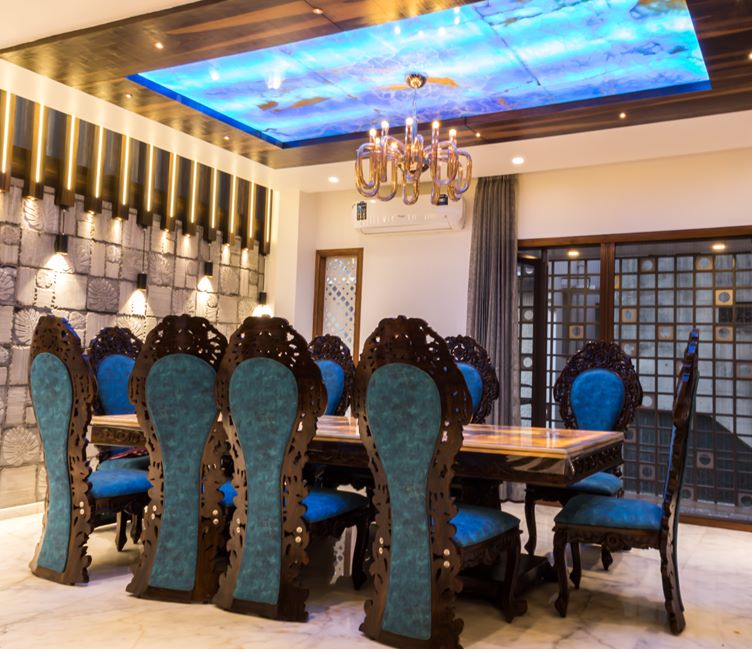Neutral tones, such as white, taupe, beige, ivory, and gray, cannot be classified as a single color. Instead, they are shades of white, black, or gray used to create a calming effect in home and office spaces.
If you want to create an atmosphere of serenity and understatement in your interior design scheme, neutral tones are the way to go. They also work wonderfully as a backdrop for more vibrant hues. Neutral tones will let your stronger accent colors stand out more dramatically without clashing with other shades that may be present in the space.
Moreover, these shades will help to soothe our moods and make us feel relaxed and focused. This makes them excellent choices for bedrooms, bathrooms, and offices where concentration is critical. With their ability to bring a sense of balance and neutrality to any environment, it’s no surprise that neutral tones have become so popular amongst today’s designers!










